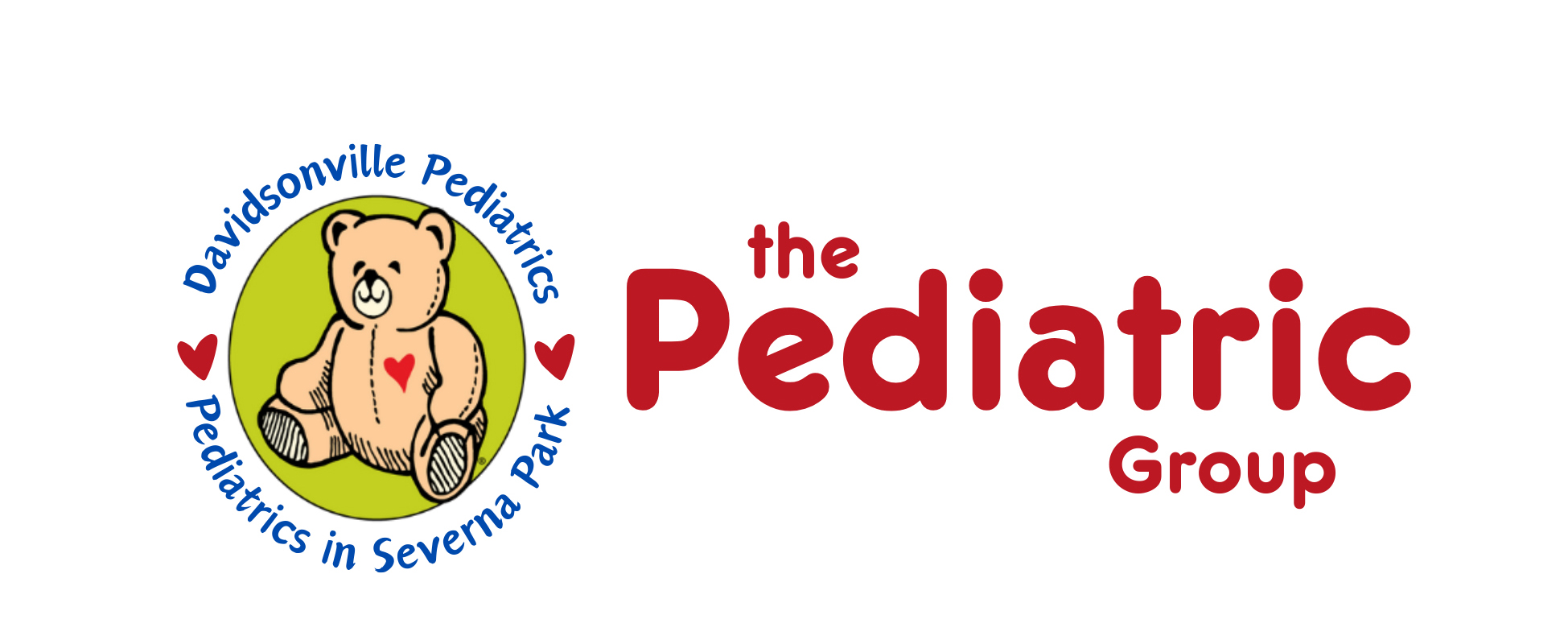410-721-2273
Impetigo
What is impetigo?
Impetigo is an infection of the skin. Any wound that doesn't heal, or a wound that increases in size, usually has become infected.
The infected sores:
- are less than 1 inch in diameter
- start as small red bumps, which rapidly change to cloudy blisters, then pimples, and finally sores
- are often covered by a soft, yellow-brown scab
- may cause swollen lymph glands in the area near the sores
- may be draining pus.
Impetigo often spreads and the sores increase in number from scratching and picking at the initial sore.
What is the cause?
Impetigo is caused by Streptococcus bacteria or Staphylococcus bacteria. It is more common in the summertime when the skin is often broken by cuts, scrapes, and insect bites. It is also spread by close contact with the sores of someone who is infected or with items they have touched, such as clothing and toys. When caused by a strep infection of the nose, the impetigo usually first appears near the nose or mouth.
How long will it last?
With proper treatment, the skin will be completely healed in 1 week. Some blemishes will remain for 6 to 12 months, but scars are unusual unless your child repeatedly picks his sores. The sores are not contagious if they are covered, or after your child has taken an antibiotic for 24 hours.
How can I take care of my child?
Oral antibiotic
Some children with impetigo need an oral antibiotic. Your child's antibiotic is ____________________________. Your child's dosage is ___________ given _____ a day, for _____ days.
1 or 2 sores that develop after an insect bite or cut may need only an antibiotic ointment.
Antibiotic ointment
You can buy antibiotic ointment without a prescription. Before you first apply the antibiotic ointment, remove the scab. Apply the antibiotic ointment to the raw surface 3 times a day. You don't need a prescription for the ointment. Cover the sores with a Band-Aid to prevent scratching and spread. Apply the ointment for 7 days, or longer if necessary. Wash off the area with an antibacterial soap each time before you apply the ointment. Any new crust that forms should not be removed because this delays healing.
Removing the scabs
The bacteria live underneath the soft scabs, and until these are removed, the antibiotic ointment has difficulty getting through to the bacteria to kill them. Soak the area for 15 to 20 minutes in warm soapy water. Use a liquid antibacterial soap. Then gently remove the crusts. The area may need to be gently rubbed, but it should not be scrubbed. A little bleeding is common if you remove all the crust.
Preventing the spread of impetigo to other areas on your child's body
Every time your child touches the impetigo and then scratches another part of the skin with that finger, he can start a new site of impetigo. To prevent this, encourage your child not to touch or pick at the sores. Keep his fingernails cut short, and wash his hands often with one of the antibacterial soaps. Cover the sores with a Band-Aid if they are not on the face.
Contagiousness to others
Impetigo is quite contagious. Be certain that other people in the family do not use your child's towel or washcloth. It can also be spread by toys and athletic equipment your child handles. Your child should be kept out of school until he has been on treatment for 24 hours with oral antibiotics or 48 hours with antibiotic ointment alone. For mild impetigo treated with an antibiotic ointment, the child can continue to attend day care or school if the sore is covered with a Band-Aid.
Call 911
Call our office immediately if:
(410) 721-2273
Call us within 24 hours if:
- The size and number of sores increase after 48 hours of treatment.
- A fever or a sore throat occurs.
- The impetigo is not completely healed in 1 week.
- You have other questions or concerns.
Written by B.D. Schmitt, MD, author of "Your Child's Health," Bantam Books.
This content is reviewed periodically and is subject to change as new health information becomes available. The information is intended to inform and educate and is not a replacement for medical evaluation, advice, diagnosis or treatment by a healthcare professional.
You May Also Like
Popular Resources | Make an Appointment • Locations • Refill Prescriptions





